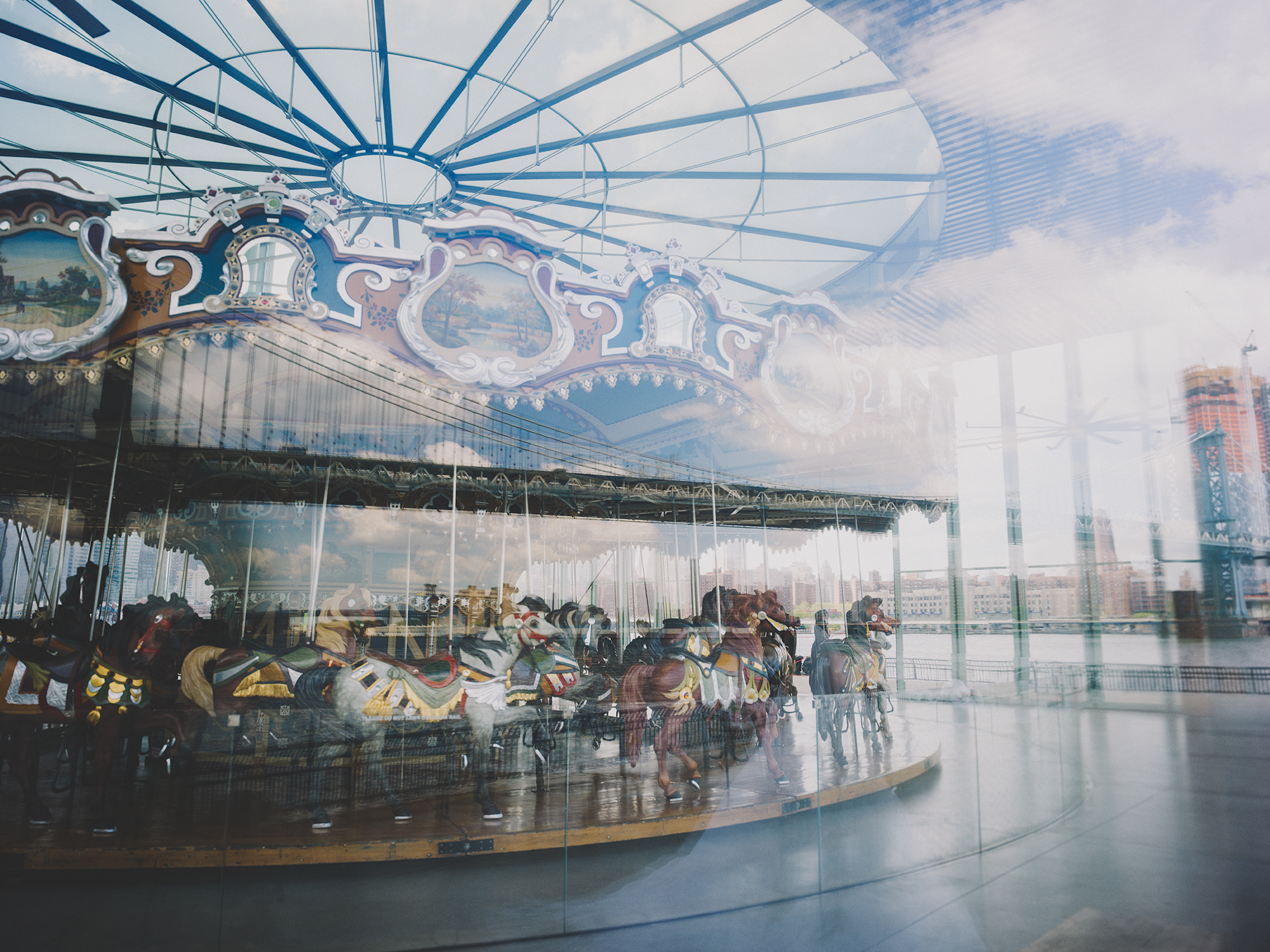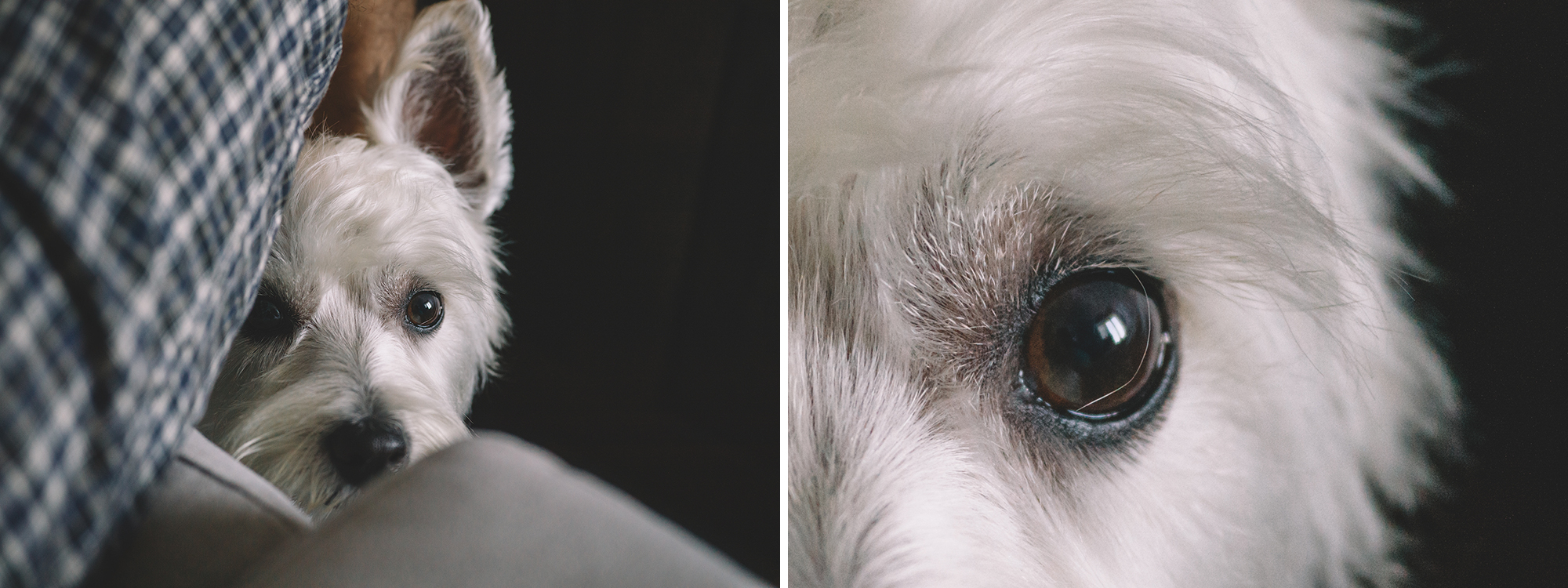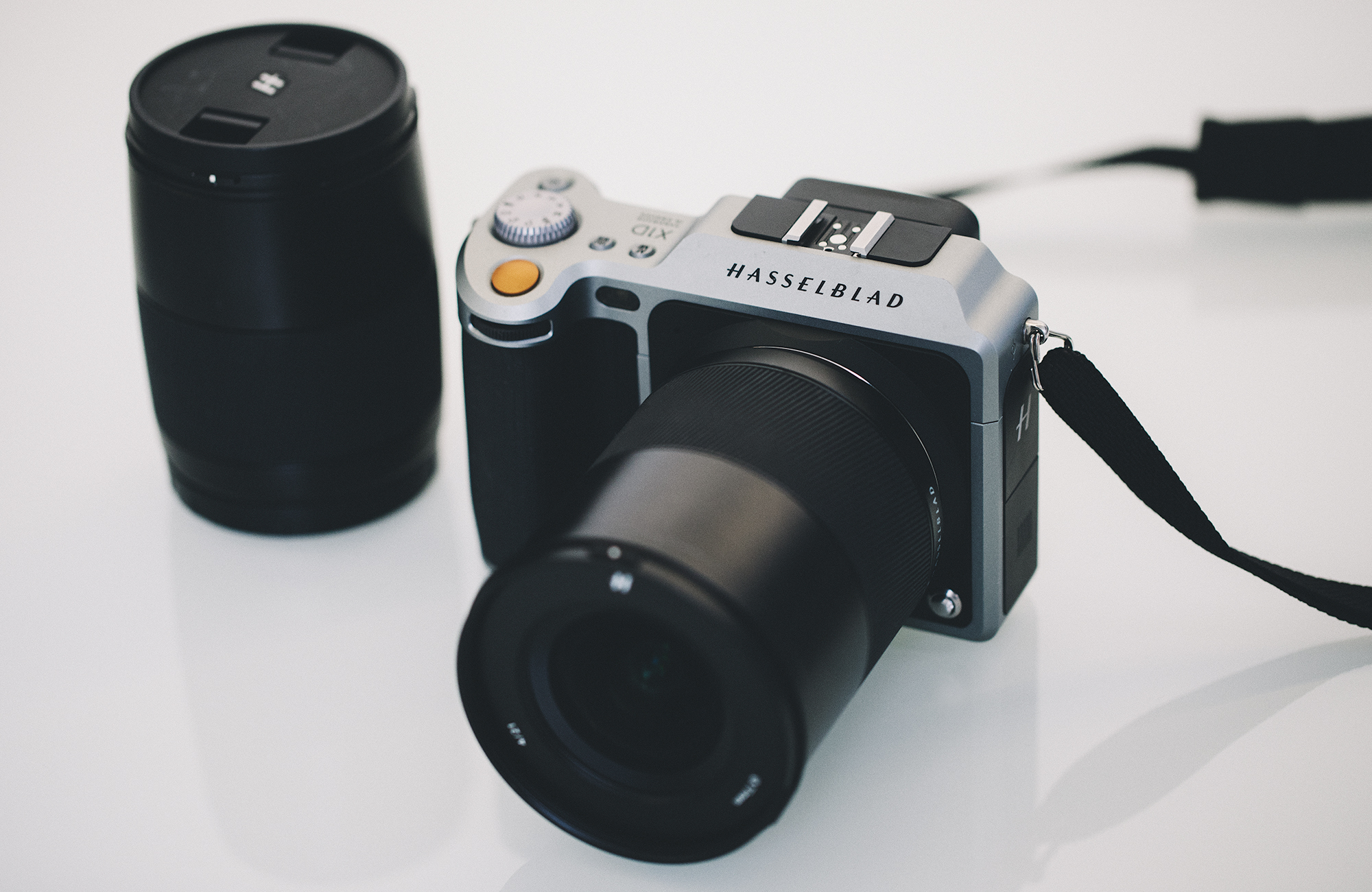For hobbyist photographers like myself, Hasselblad has always been the untouchable luxury brand reserved for high-end professionals.
To fill the gap between casual and intended photography, they released the X1D — a compact, mirrorless medium format. Last summer when Stefan Etienne reviewed the newly released camera, I asked to take a picture.
After importing the raw file into Lightroom and flipping through a dozen presets, I joked that I would eat Ramen packets for the next year so I could buy this camera. It was that impressive.

XCD 3.5/30mm lens
Last month Hasselblad sent us the XCD 4/21mm (their latest ultra wide-angle lens) for a two-week review, along with the X1D body and XCD 3,2/90mm portrait lens for comparison. I wanted to see what I could do with the kit and had planned the following:
- Swipe right on everyone with an unflattering Tinder profile picture and offer to retake it for them
- Travel somewhere with spectacular landscapes
My schedule didn’t offer much time for either, so a weekend trip to the cabin would have to suffice.
[gallery type="slideshow" link="none" columns="1" size="full" ids="1722181,1722182,1722183,1722184,1722185,1722186,1722187,1722188,1722201"]
As an everyday camera
The weekend upstate was rather quiet and uneventful, but it served to be the perfect setting to test out the camera kit because the X1D is slow A. F.
It takes approximately 8 seconds to turn on, with an additional 2-3 seconds of processing time after each shutter click — top that off with a slow autofocus, slow shutter release and short battery life (I went through a battery within a day, approximately 90 shots fired). Rather than reiterating Stefan’s review, I would recommend reading it here for full specifications.
Coming from a Canon 5D Mark IV, I’m used to immediacy and a decent hit rate. The first day with the Hasselblad was filled with constant frustration from missed moments, missed opportunities. It felt impractical as an everyday camera until I shifted toward a more deliberate approach — reverting back to high school SLR days when a roll of film held a limited 24 exposures.
When I took pause, I began to appreciate the camera’s details: a quiet shutter, a compact but sturdy body and an intuitive interface, including a touchscreen LCD display/viewfinder.
[gallery type="slideshow" link="none" columns="1" size="full" ids="1722796,1722784,1722775"]
Nothing looks or feels cheap about the Sweden-designed, aluminum construction of both the body and lenses. It’s heavy for a mirrorless camera, but it feels damn good to hold.
XCD 4/21mm lens
[gallery type="slideshow" link="none" columns="1" size="full" ids="1722190,1722191,1722489,1722490"]
Dramatic landscapes and cityscapes without an overly exaggerated perspective — this is where the XCD 4/21mm outperforms other super wide-angle lenses.
With a 105° angle of view and 17mm field of view equivalent on a full-framed DSLR, I was expecting a lot more distortion and vignetting, but the image automatically corrected itself and flattened out when imported into Lightroom. The latest deployment of Creative Cloud has the Hasselblad (camera and lens) profile integrated into Lightroom, so there’s no need for downloading and importing profiles.
Oily NYC real estate brokers should really consider using this lens to shoot their dinky 250 sq. ft. studio apartments to feel grand without looking comically fish-eyed.
XCD 3,2/90mm lens
The gallery below was shot using only the mirror’s vanity lights as practicals. It was also shot underexposed to see how much detail I could pull in post. Here are the downsized, unedited versions, so you don’t have to wait for each 110mb file to load.
[gallery type="slideshow" link="none" columns="1" size="full" ids="1722193,1722194,1722195,1722196"]
I’d like to think that if I had time and was feeling philanthropic, I could fix a lot of love lives on Tinder with this lens.
Where it shines
Normally, images posted in reviews are unedited, but I believe the true test of raw images lies in post-production. This is where the X1D’s slow processing time and quick battery drainage pays off. With the camera’s giant 50 MP 44 x 33mm CMOS sensor, each raw file was approximately 110mb (compared to my Mark IV’s 20-30mb) — that’s a substantial amount of information packed into 8272 x 6200 pixels.
Resized to 2000 x 1500 pixels and cropped to 2000 x 1500 pixels:

While other camera manufacturers tend to favor certain colors and skin tones, Dan Wang, a Hasselblad rep, told me, “We believe in seeing a very natural or even palette with very little influence. We’re not here to gatekeep what color should be. We’re here to give you as much data as possible, providing as much raw detail, raw color information that allows you to interpret it to your extent.”
As someone who enjoys countless hours tweaking colors, shifting pixels and making things pretty, I’m appreciative of this. It allows for less fixing, more creative freedom.

Who is this camera for?
My friend Peter, a fashion photographer (he’s done editorial features for Harper’s Bazaar, Cosmopolitan and the likes), is the only person I know who shoots on Hasselblad, so it felt appropriate to ask his opinion. “It’s for pretentious rich assholes with money to burn,” he snarked. I disagree. The X1D is a solid step for Hasselblad to get off heavy-duty tripods and out of the studio.
At this price point though, one might expect the camera to do everything, but it’s aimed at a narrow demographic: a photographer who is willing to overlook speediness for quality and compactibility.
With smartphone companies like Apple and Samsung stepping up their camera game over the past few years, the photography world feels inundated with inconsequential, throw-away images (self-indulgent selfies, “look what I had for lunch,” OOTD…).
My two weeks with the Hasselblad was a kind reminder of photography as a methodical art form, rather than a spray and pray hobby.
Reviewed kit runs $15,940, pre-taxed:
- X1D Medium Format body: $8,995.00 (currently on sale at BH for $6,495.00)
- XCD 4/21mm lens: $3,750.00
- XCD 3,2/90mm lens:” $3,195.00
